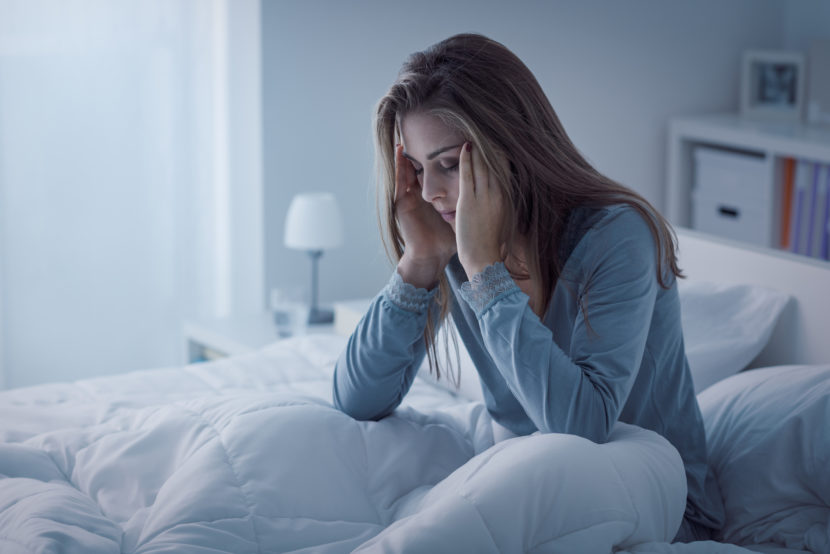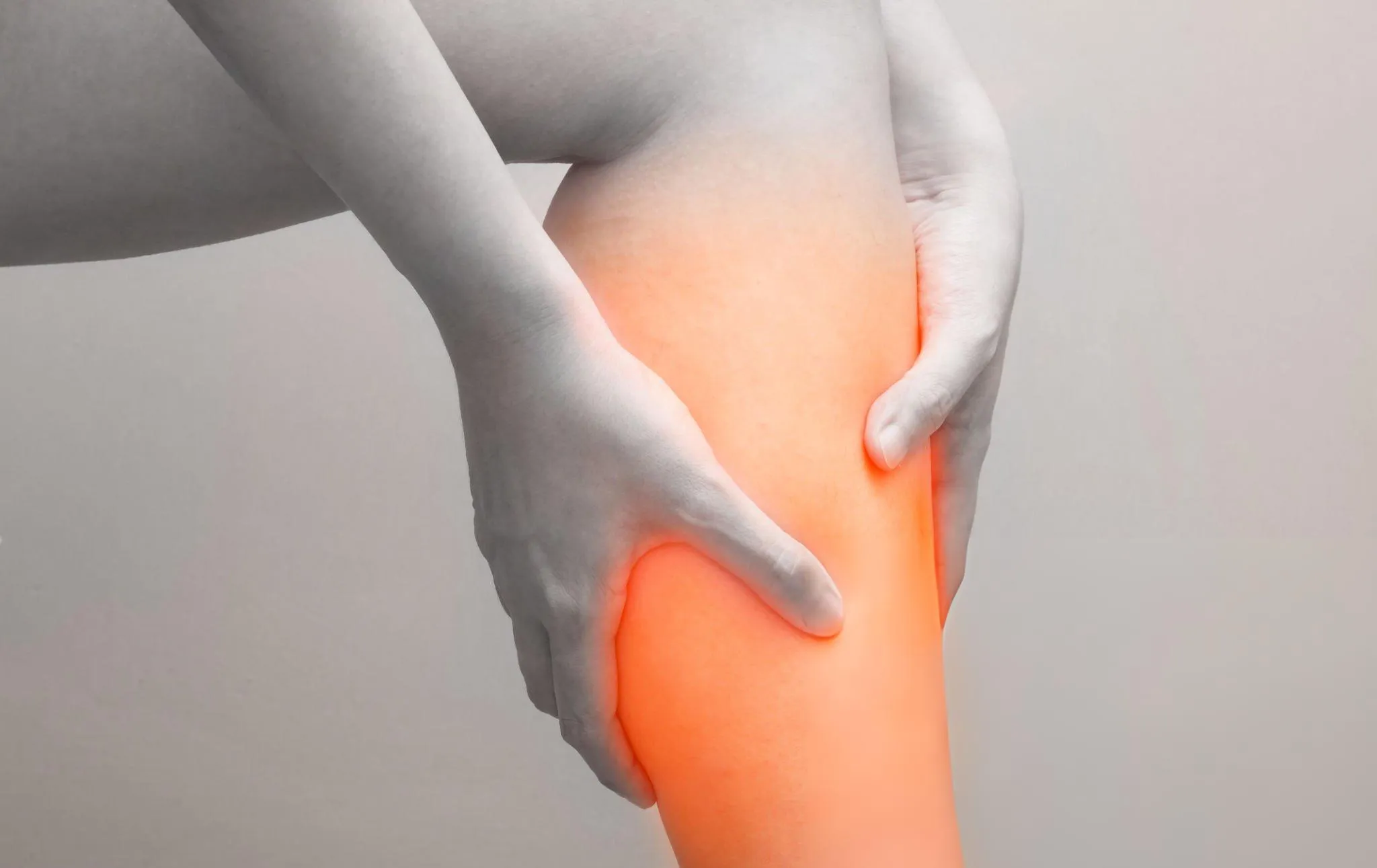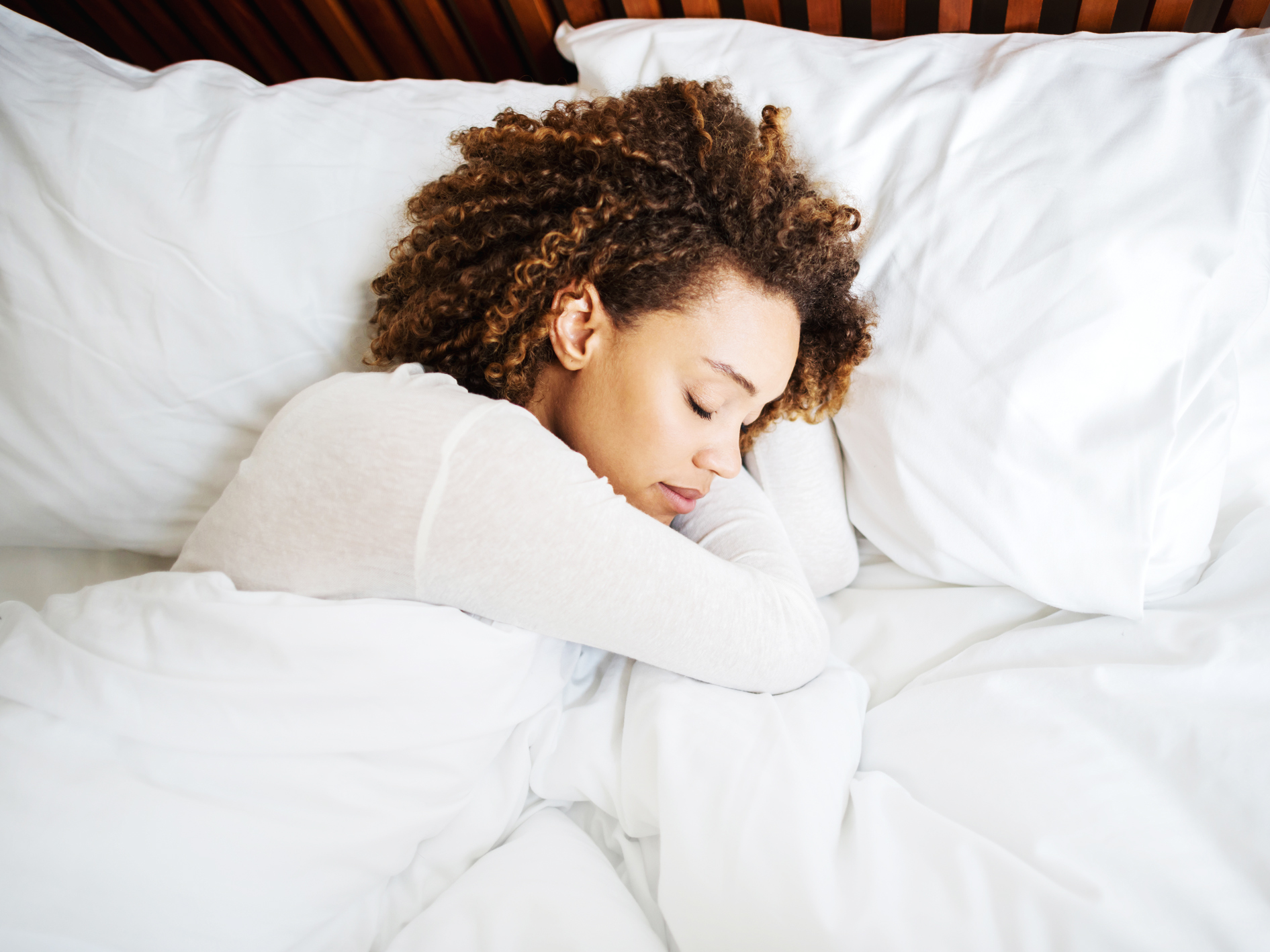Claustrophobia is a form of hysteria disease, wherein an irrational fear of having no breakout or being closed-in can cause a panic attack. It is considered a selected phobia in line with the Diagnostic and Statistical Manual 5 (DSM-five). The triggers of claustrophobia may also include being interior an elevator, a small room with no home windows, or maybe being on an airplane. If you revel in claustrophobia, you could feel as if you’re having a panic attack, even though claustrophobia isn’t a panic situation. For some people, claustrophobia may also disappear on its own. Others may additionally need remedies to manipulate and address their signs and symptoms.
Up to five percent of Americans may experience claustrophobia sooner or later in their lives. If you’ve got felt tense within the closing 6 months about being in a limited area or crowded region, or you have averted those conditions, because of this, it’s possible that you’re suffering from claustrophobia.
Causes
Claustrophobia is frequently brought about due to an annoying formative year of experience. Adults are more likely to get claustrophobic if as a baby they had been:
- Trapped or kept in a confined space
- Bullied or abused
- Or they had a figure or caretaker who suffered from claustrophobia.
Claustrophobia also can be brought on by using unsightly reports or situations, along with turbulence when flying or being caught in a tube tunnel between stations. A child growing up with a figure who has claustrophobia can also broaden claustrophobia by way of associating restricted areas with their discern’s tension and feeling helpless to comfort the individual they cherished.
Symptoms
Claustrophobia is one-of-a-kind for everybody. The anxiety can range from moderate nervousness to a complete-blown panic attack. For medical doctors to diagnose anxiety as a phobia, it has to be serious sufficient to have an effect on your ability to live everyday life. Being inside an enclosed area can cause symptoms along with:
- Shortness of breath
- Fast heartbeat
- Sweating
- Shaking or trembling
- Nausea
- Dizziness
- Dry mouth
- Hot flashes
- Hyperventilation
- Chest tightness or pain
- Confusion or disorientation
- Headache
- Numbness
- Choking sensation
- Urge to use the bathroom
- Fear of harm or illness
Diagnosis
Your neurologist will ask about your symptoms and health history, and they’ll give you a physical exam. They’ll take into account any fear that may:
- Be triggered by waiting for something to happen
- Cause panic attacks linked to the situation that triggers fear
- Make it hard for you to get through your day
- Not be explained by other disorders
Treatment
Without treatment, you might find that you deal with claustrophobia by avoiding the object of your fear. You might stay away from tight places, take the stairs instead of the elevator, or walk instead of riding the subway. You might scan every crowded room for the exits or stand close to the door. Some people, if their anxiety is severe enough, may be afraid to leave their homes.
Avoiding tight spaces won’t make your phobia go away. The first step in getting treatment is to see a neurologist. Several types of therapies can help to treat claustrophobia:
- Exposure therapy: It gradually puts you into situations that frighten you to help you get over your fear. At first, you might just look at a photo of a tight space. Then, with your therapist’s help, you work up to being inside a tight space.
- Cognitive-behavioral therapy (CBT): This is a type of talk therapy where you meet one-on-one with a trained therapist. You talk about the negative thoughts that drive your fear and learn ways to overcome them. You may get CBT alone or combined with exposure therapy.
- Virtual reality (VR): This uses computer simulations of tight spaces like elevators or MRI machines. Getting the experience of a tight space in the virtual world can help you get over your fear in a setting that feels safe.
- Relaxation and visualization: You can learn ways to calm your fear when you’re in a situation that usually scares you.
- Medical treatment: If therapy isn’t enough, your doctor can prescribe anxiety drugs or antidepressants to help you deal with the situations that cause your fear.
When to See a Doctor?
If you’re so afraid of enclosed spaces that it affects your daily routine, get help from a mental health professional. You can see a psychologist, neurologist, or anxiety specialist. With the right treatment, you can learn how to control your response to situations you once feared.













Leave a Reply